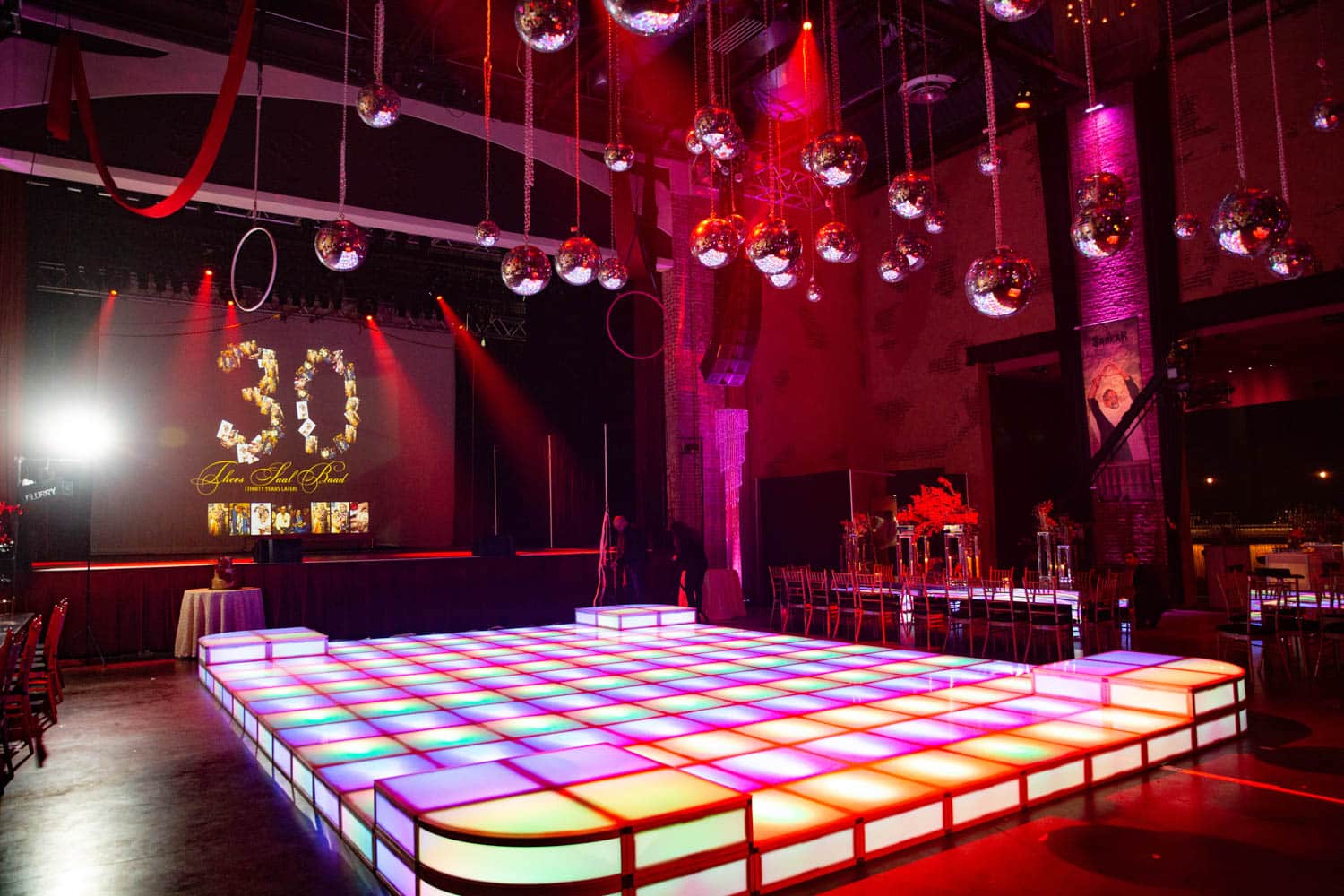Advantages of LED Display Walls Compared to Traditional Projection Technologies in Contemporary Visual Displays
Wiki Article
LED display walls have become increasingly popular in various settings, such as educational institutions, businesses, and entertainment locations. These sophisticated display systems offer several benefits over conventional projection technologies. Recognizing these benefits can help organizations make informed decisions about their display requirements. This article will examine the main advantages of LED display walls, including brightness, image quality, flexibility, upkeep, and power efficiency.
One of the most important advantages of Light Emitting Diode video screens is their luminosity. LED tech produces vibrant and bright images that can be readily seen in various illumination conditions. Unlike traditional projection systems, which can struggle in well-lit settings, Light Emitting Diode display walls maintain their sharpness and hue accuracy even in well-lit spaces. This makes them perfect for outdoor activities or places with large windows. The elevated luminosity levels ensure that the material displayed is always clear, making it easier for audiences to interact with the data being shown.
In addition to brightness, Light Emitting Diode display walls provide enhanced image quality. They offer higher definition and better color reproduction compared to conventional projection systems. This means that pictures and videos displayed on an LED screen appear crisper and more defined. The dot density of LED screens allows for near viewing without losing sharpness, which is especially crucial in settings like exhibition shows or meetings where viewers may be nearby to the screen. Furthermore, LED tech can produce richer dark tones and more intense colors, enhancing the complete visual impression.
Versatility is another important benefit of LED display screens. These systems can be configured in various dimensions and shapes to fit different spaces and aesthetic needs. Unlike conventional projection systems, which require a specific distance from the screen to operate properly, Light Emitting Diode display screens can be installed in a variety of settings. They can be bent, arranged, or even used in creative arrangements read the article to create distinct display exhibits. This flexibility allows companies to customize their display presentations to suit their specific needs, making Light Emitting Diode display screens a versatile option for any setting.
Maintenance is also a crucial factor when contrasting LED video walls to conventional projector technologies. Light Emitting Diode screens generally require fewer upkeep over time. Traditional projectors often need bulb changes and routine cleaning to maintain optimal performance. In contrast, LED tech has a greater duration and does not require regular changes. This reduces downtime and upkeep costs, making Light Emitting Diode display screens a more economical option in the long future. Companies can concentrate on their displays rather than concerned about the upkeep of their display systems.

Finally, power efficiency is an essential factor for many companies. Light Emitting Diode display screens consume fewer energy compared to conventional projector technologies, which can lead to substantial reductions on power costs. This is particularly advantageous for businesses and venues that operate displays for extended periods. Additionally, the lower energy consumption of LED technology contributes to a reduced environmental impact, making it a more eco-friendly option. By selecting Light Emitting Diode display walls, organizations can enjoy high-quality display screens while also being considerate of their power consumption and environmental footprint.
In conclusion, LED video walls offer many advantages over traditional projection systems. Their brightness, image clarity, adaptability, minimal upkeep requirements, and energy efficiency make them an excellent choice for modern display displays. As technology continues to advance, LED video screens are likely to grow even more common in multiple settings, providing organizations with the tools they require to efficiently convey and interact with their audiences.